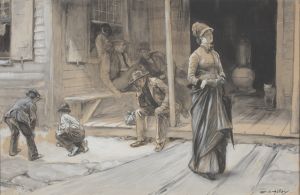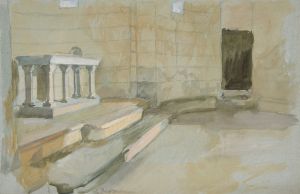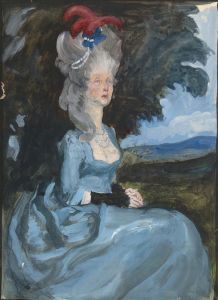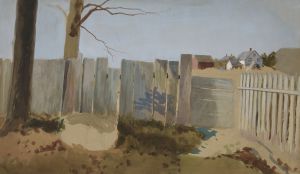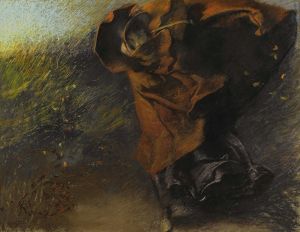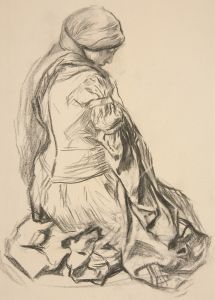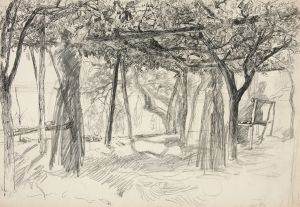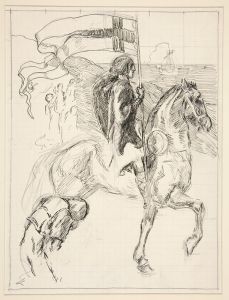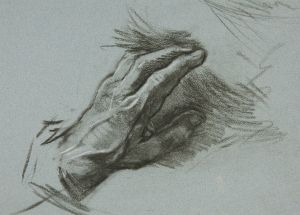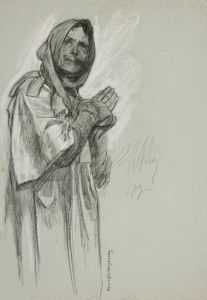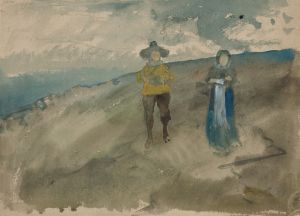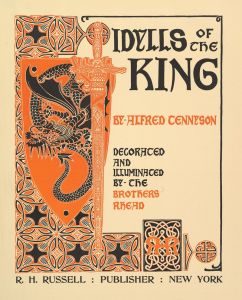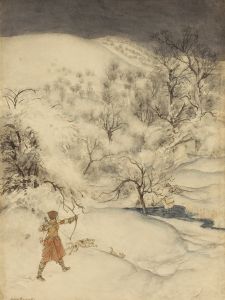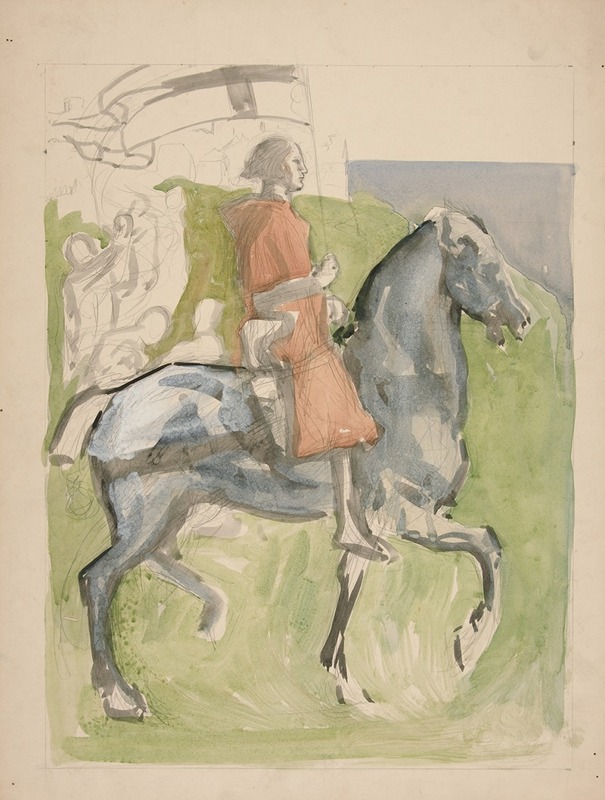
Galahad Departs, study for The Quest of the Holy Grail
A hand-painted replica of Edwin Austin Abbey’s masterpiece Galahad Departs, study for The Quest of the Holy Grail, meticulously crafted by professional artists to capture the true essence of the original. Each piece is created with museum-quality canvas and rare mineral pigments, carefully painted by experienced artists with delicate brushstrokes and rich, layered colors to perfectly recreate the texture of the original artwork. Unlike machine-printed reproductions, this hand-painted version brings the painting to life, infused with the artist’s emotions and skill in every stroke. Whether for personal collection or home decoration, it instantly elevates the artistic atmosphere of any space.
Edwin Austin Abbey's "Galahad Departs, study for The Quest of the Holy Grail" is a notable work by the American artist, who was renowned for his illustrations and paintings, particularly those depicting scenes from literature and history. Abbey was born in 1852 in Philadelphia and became a prominent figure in the art world during the late 19th and early 20th centuries. His work often reflected his interest in medieval themes and literature, which is evident in his series of paintings on the Arthurian legends.
"Galahad Departs" is a study for a larger series titled "The Quest of the Holy Grail," which Abbey was commissioned to create for the Boston Public Library. This series was completed between 1890 and 1901 and consists of a series of murals that depict the legendary quest of the Knights of the Round Table to find the Holy Grail, a central theme in Arthurian legend. Abbey's murals are celebrated for their intricate detail, historical accuracy, and the romanticized portrayal of the medieval period.
The study "Galahad Departs" focuses on Sir Galahad, one of the key figures in the Arthurian legends. Galahad is often depicted as the purest and most virtuous of the knights, and he is the one who ultimately succeeds in the quest for the Holy Grail. Abbey's depiction of Galahad captures the knight's spiritual and noble qualities, often emphasizing his role as a paragon of chivalry and purity.
Abbey's work on the Holy Grail series was influenced by the Pre-Raphaelite Brotherhood, a group of English painters, poets, and critics founded in 1848, who aimed to return to the detail, intense colors, and complex compositions of Quattrocento Italian art. Like the Pre-Raphaelites, Abbey was interested in themes of medieval chivalry and romance, and his work reflects a similar attention to detail and historical authenticity.
The murals, including "Galahad Departs," are housed in the Boston Public Library's Abbey Room, where they continue to be a significant attraction. The series is considered one of Abbey's masterpieces and a significant contribution to American mural painting. Abbey's ability to convey narrative through his art, combined with his technical skill and historical interest, make his work on the Holy Grail series a notable achievement in the realm of public art.
Abbey's influence extended beyond his murals; he was also a successful illustrator, contributing to publications such as Harper's Weekly and Scribner's Magazine. His work helped to popularize the Arthurian legends in America and contributed to the broader interest in medieval themes during the late 19th century.
In summary, "Galahad Departs, study for The Quest of the Holy Grail" is a testament to Edwin Austin Abbey's skill as an artist and his fascination with medieval legend. It serves as a preparatory piece for a larger mural series that remains a significant cultural and artistic landmark. Abbey's work continues to be appreciated for its beauty, historical interest, and contribution to the American mural tradition.






